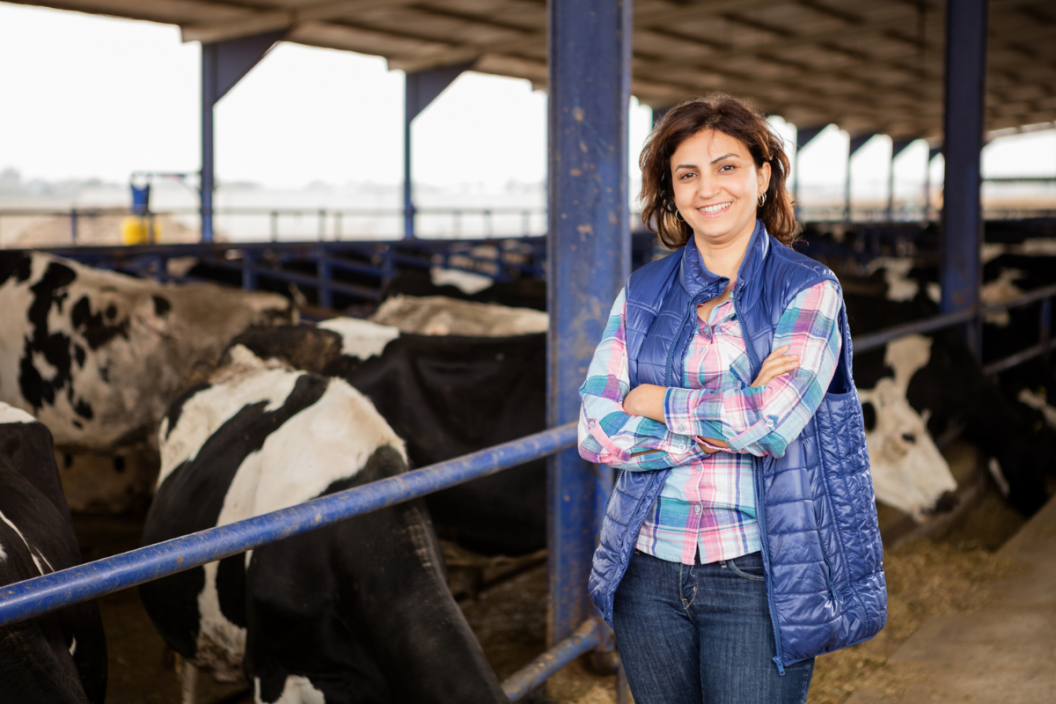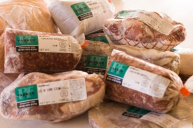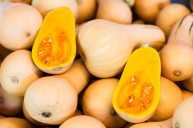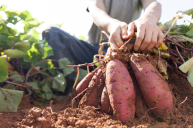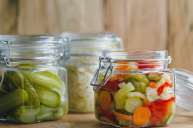Many feel that farmers and ranchers are the backbone of the United States, cultivating crops and raising livestock to ensure that the rest of the country will be able to set the table. Although the importance of farming is undeniable, this industry still has a ways to go before it has full representation of the diversity of America. However, one underrepresented group that's starting to grow in number is female farmers.
What Percent of Farmers Are Female?
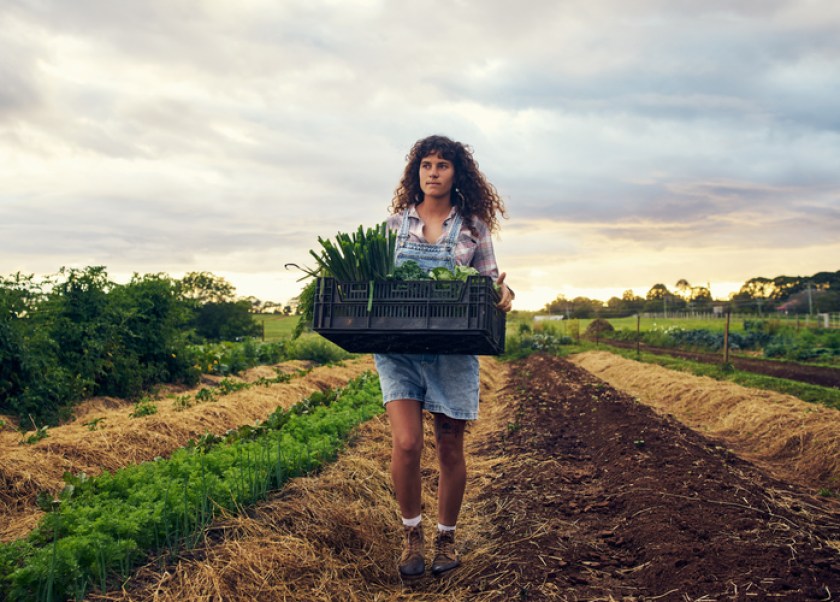
Getty Images/pixdeluxe
The Census of Agriculture of 2019 showed that 36% of U.S. farmers have principal operators that are women, and that 56% of farms in the country have at least one woman who's part of the decision making. Women farmers were found to be most involved in day-to-day decisions, along with money management and record keeping.
Although farms with female producers are smaller on average than those with solely male producers, these numbers still point to progress in the food production industry overall. The previous Census of Agriculture portrayed the typical American farmers as a white middle-aged male, with far fewer female farm operators. Fortunately, with each new census, the number of women-operated farms increase, as more and more female farmers receive opportunities that male farmers have enjoyed for decades.
However, although the numbers point to progress, female farmers still face many barriers in agriculture and farming that make it difficult to succeed. In the past, the U.S. Department of Agriculture (USDA) has discriminated in its farm loan programs, leading a group of female farmers and ranchers to sue. Although this has been remedied in visible ways, surveys show that female landowners are discriminated against in more subtle ways.
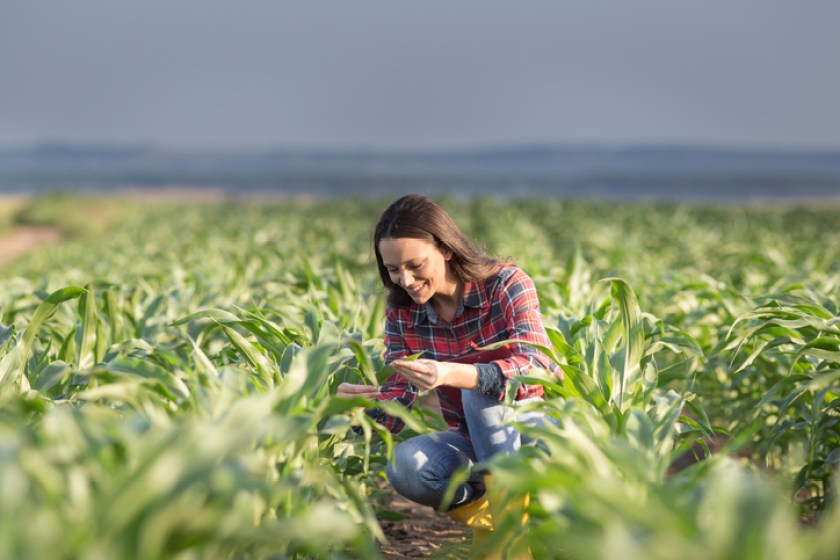
Getty Images/Jevtic
In a survey of female farmers in Iowa, female landowners illustrated the more subtle ways that discrimination persists, from social exclusion to their male counterparts limiting their access to information about conservation and other farming techniques.
Along with this, farming has remained dominated by white farmers even as women gain more representation. African-American farmers make up 1.4% of all farmers in the United States, compared to the 14% a hundred years ago. This tiny demographic makes up under 0.5% of all farm sales in the country. About 3% of farmers are Latino, about 1.5% are American Indian, and about 0.5% are Asian. This is a drastic difference from the 95% of white farmers in the country.
Where Are the Most Female Farmers Located?
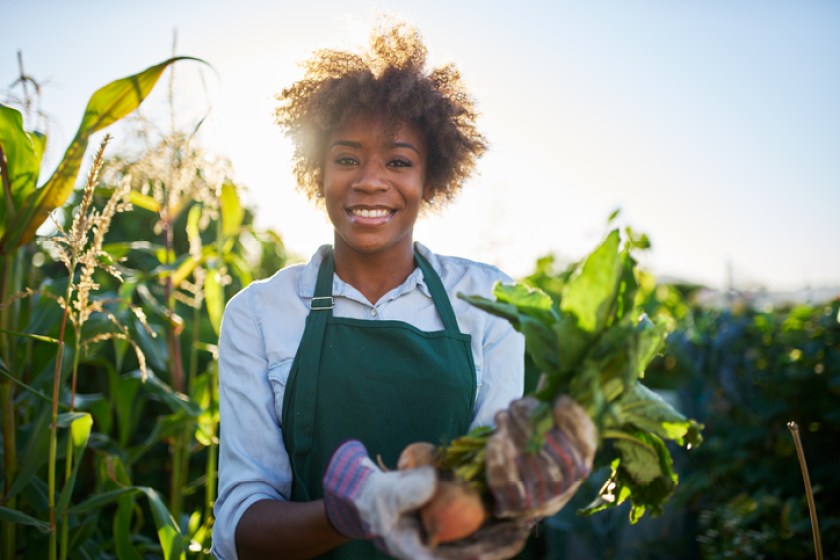
Getty Images/rez-art
Although there are female farmers, or farmerettes, throughout the country, the highest percentage are in the West and Northwest. As for the lowest proportion, this is in the Midwest, the northern Plains, and the Mississippi Delta. The state with the most female farmers is Arizona, with almost 50% of its farms being run by a female producer.
After this, the next highest states are Alaska, New Hampshire, Oregon, Maine, Massachusetts, Washington, and Nevada. Interestingly, the area of the country where the highest percentage of female farmers can be found also has fewer farms. This might account for the higher percentage of women, since it might be easier to break into the industry with less competition and a less dominant farming community.
Other Trends in Farming
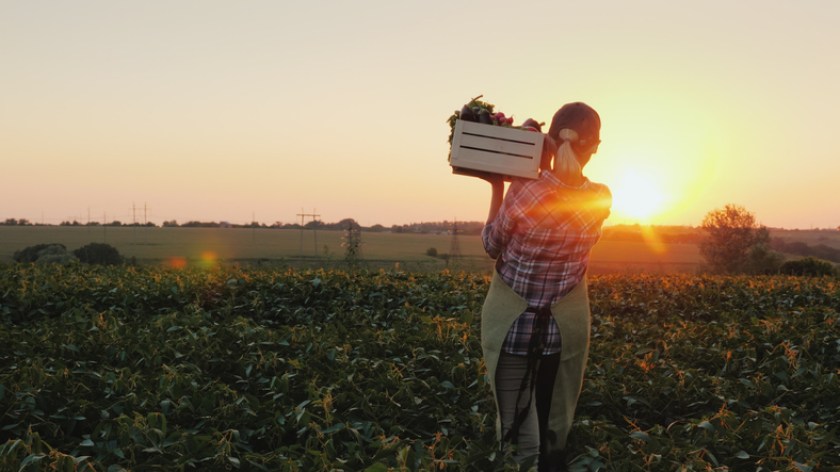
Getty Images/StockSeller_ukr
Along with an increase in female farmers, data shows that large farms are slowly taking up the farmland and money of the industry. Smaller operations like family farms or operations run by beginning farmers and entrepreneurs are struggling to continue as large farms receive the bulk of profits. As the United States becomes more efficient and corporation-run, small farms are being pushed out.
These larger farms also have a negative impact on the environment, making it more important than ever to support small farms who prioritize sustainability as climate change worsens. Fortunately, the census data showed that the number of farms and ranches using sustainable agriculture practices and renewable energy is increasing as time goes on.
One of the best ways to support small U.S. farms and female farmers is to buy from local markets, like farmers markets. This way, you can choose for yourself which stands to buy from, and even meet the female farmers and entrepreneurs producing their own food and challenging the status quo.
READ NOW: Farming Clothes: 6 Items to Keep Hardworking Farmers Comfortable and Dry
